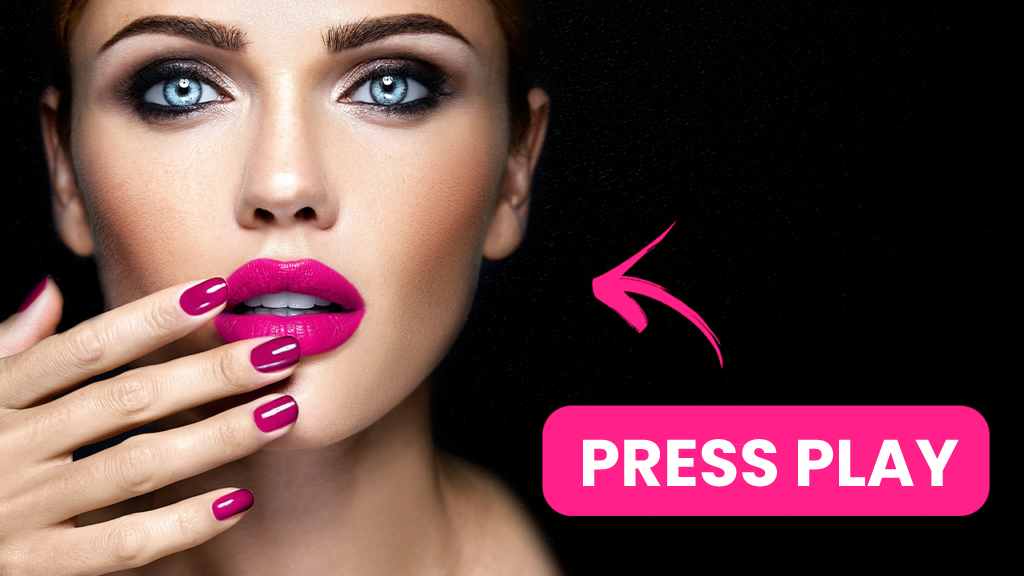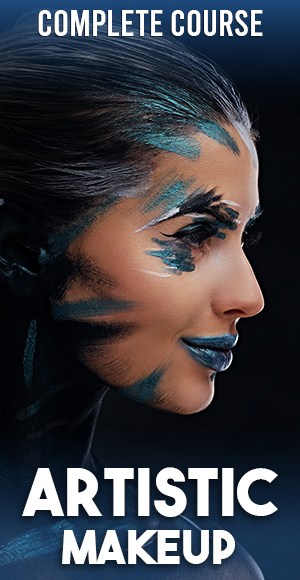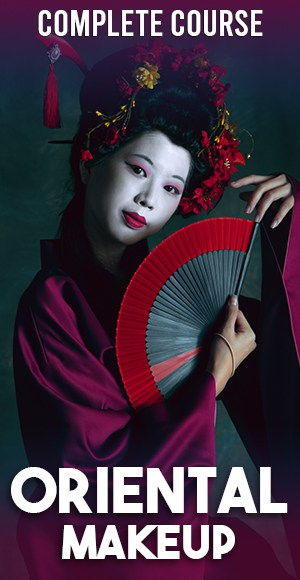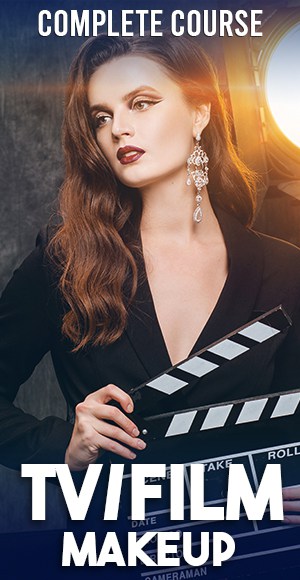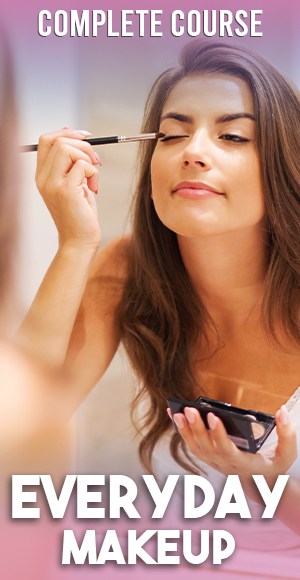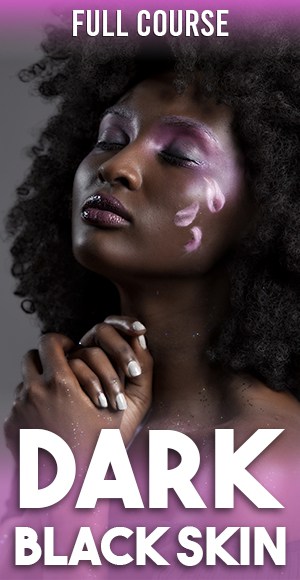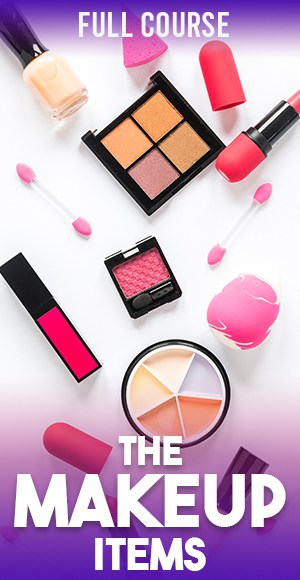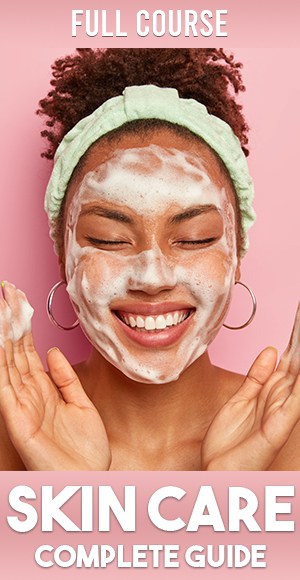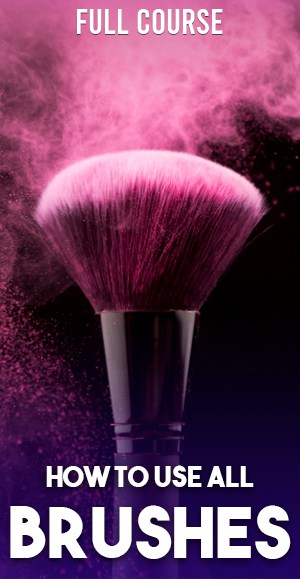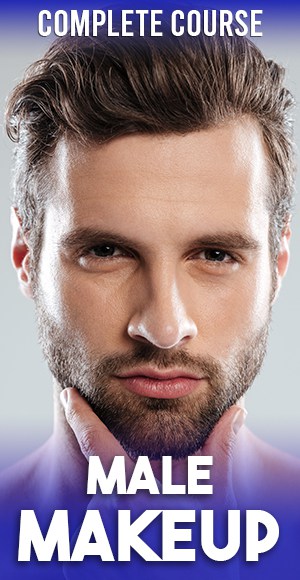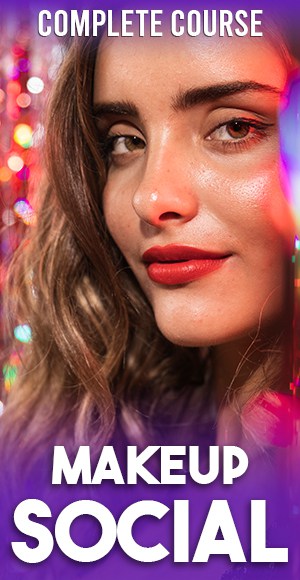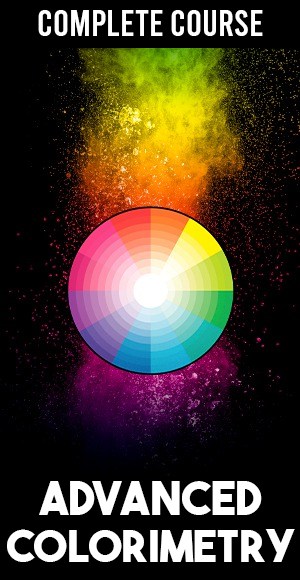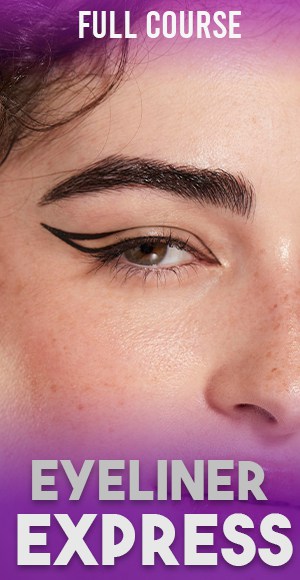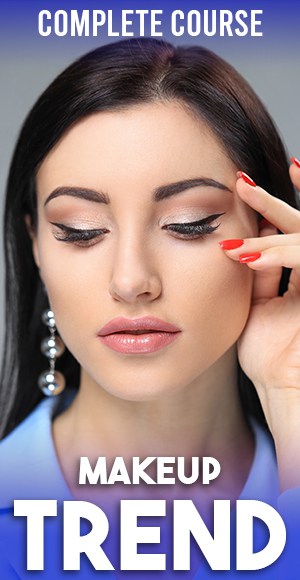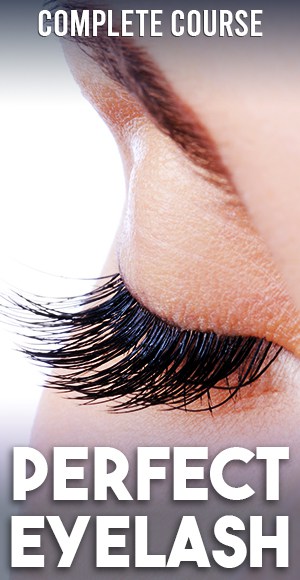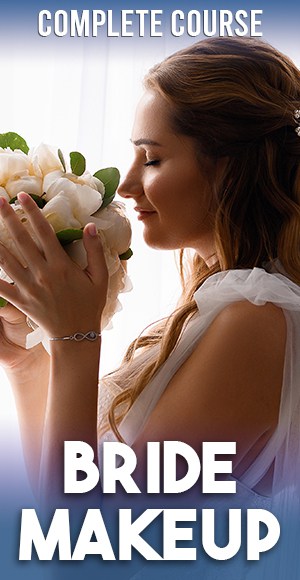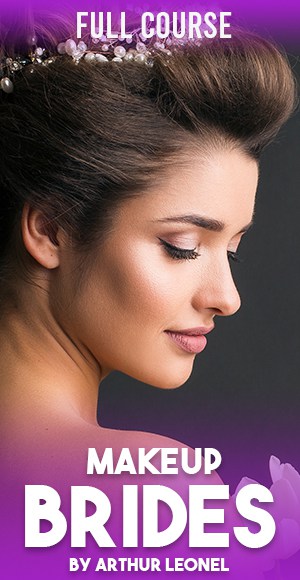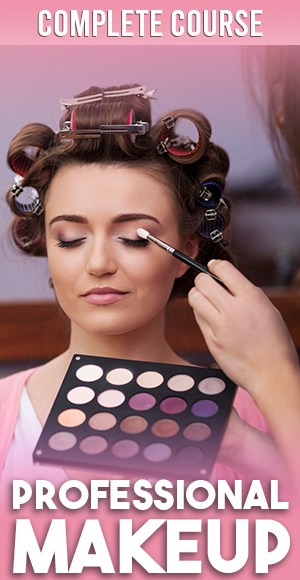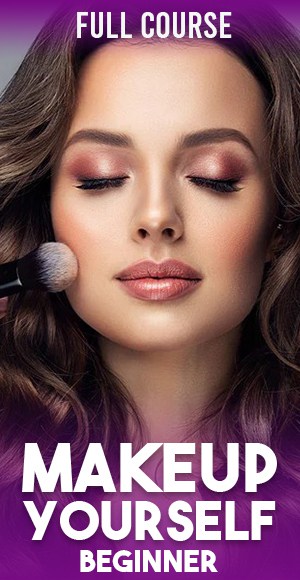Introduction to Cheek Contouring

Cheek contouring has become an indispensable part of modern makeup artistry, transforming facial features with strategic shading and highlighting. This technique, rooted in the history of beauty trends, has evolved over the years to become a staple in everyday makeup routines.
Definition and Importance of Cheek Contouring
Cheek contour is the art of using makeup to define and enhance the cheekbones and facial structure. By creating shadows and highlights, contouring can give the illusion of more defined cheekbones, a slimmer face, or a more balanced facial symmetry. It’s not just about enhancing beauty; it’s about empowering individuals to highlight their best features.
Brief History of Contouring in Beauty Trends
The history of contouring dates back to the stage makeup of the 16th century. However, it was the Hollywood glamour of the 1930s and 1940s that popularized the technique. Icons like Marlene Dietrich used contouring to sculpt their faces under the harsh studio lights. In recent years, celebrities and makeup artists have brought cheek contour into the limelight, making it an essential part of modern beauty routines.
Overview of Contouring Techniques for Different Face Shapes
Different face shapes require different contouring techniques to achieve the desired effect. Here’s a brief overview:
- Oval Faces: Lightly contour under the cheekbones to enhance the natural shape.
- Round Faces: Contour along the sides of the face and under the cheekbones to create a more defined look.
- Square Faces: Soften the jawline and forehead by contouring these areas.
- Heart-Shaped Faces: Contour the sides of the forehead and under the cheekbones to balance the face.
For more detailed guidance, check out Beautylish’s guide on contouring for different face shapes.
Understanding the basics of cheek contour is just the beginning. Next, we’ll delve into choosing the right products to achieve that perfect sculpted look.
Choosing the Right Contouring Products

Selecting the right products is crucial for achieving a flawless cheek contour. The market is flooded with various types of contouring products, each suited for different skin types and preferences. Here, we’ll explore the options and guide you in choosing the perfect product for your skin.
Types of Contouring Products: Creams, Powders, Sticks
- Creams: Ideal for dry skin, creams offer a dewy finish and blend seamlessly. They are perfect for creating a natural, subtle contour.
- Powders: Best for oily skin, powders provide a matte finish and are great for a more defined look. They are easier to control and build up.
- Sticks: Contour sticks are versatile and user-friendly, suitable for all skin types. They are perfect for quick application and on-the-go touch-ups.
Best Contouring Products for Different Skin Types
- Oily Skin: Opt for powder contours that absorb excess oil and stay put throughout the day. MAC’s Mineralize Skinfinish Natural Face Powder is a great choice.
- Dry Skin: Cream-based contours like Fenty Beauty’s Match Stix provide hydration and a smooth finish.
- Combination Skin: Stick contours work well as they offer the ease of creams and the finish of powders.
- Mature Skin: Cream contours with hydrating formulas help avoid settling into fine lines.
How to Select the Right Shade for Your Skin Tone
Choosing the right shade is essential for a natural-looking contour. Here are some tips:
- Fair Skin: Go for shades that are only one or two shades darker than your skin tone.
- Medium Skin: Choose warm, medium shades to add depth.
- Dark Skin: Rich, deep tones work best to enhance your features.
For more detailed advice on selecting shades, visit Sephora’s guide to contouring makeup.
Remember, the key to a perfect cheek contour is blending and matching the right product with your skin type and tone. With these tips, you’re well on your way to mastering the art of contouring.
Step-by-Step Guide to Contouring Cheeks
Mastering the art of cheek contour can elevate your makeup game, creating a sculpted, dimensional look. This step-by-step guide will walk you through the process, from skin preparation to the final blending, ensuring a flawless finish.
Preparing Your Skin for Contouring
Before you begin contouring, it’s essential to prepare your skin:
- Cleanse and Moisturize: Start with a clean, moisturized face. This ensures an even canvas for makeup application.
- Primer: Apply a primer to smooth out the skin texture and help makeup last longer. For more on skin care and makeup preparation, check out American Academy of Dermatology’s skin care tips.
Detailed Step-by-Step Contouring Technique
- Select the Right Product: Based on your skin type, choose a cream, powder, or stick contour product.
- Map Your Face: Identify the areas you want to contour – typically under the cheekbones, along the jawline, and the sides of the forehead.
- Application:
- For cheek contour, apply the product in a line directly beneath your cheekbones.
- For the forehead, apply near the hairline.
- For the jawline, apply just below the jaw.
- Highlight: Apply a highlighter above the cheekbones, on the bridge of the nose, and on the brow bone to enhance the contouring effect.
Blending Techniques for a Natural Look
- Cream and Stick Contours: Use a damp beauty sponge or a stippling brush for blending. Blend in circular motions for a seamless look.
- Powder Contours: Use a fluffy brush and blend with light, sweeping motions.
- Final Touch: Ensure there are no harsh lines and the contour looks like a natural shadow on your face.
Remember, the key to a successful cheek contour is blending. The more seamlessly you blend, the more natural and sculpted your makeup will appear. With practice, you’ll be able to enhance your facial features like a pro! To complement your contouring skills with other makeup techniques, explore insights like those found in the Ultimate Guide to Classic Lash Extensions on Makeupflix, where you can find tips and tutorials that enhance your overall makeup artistry.
Advanced Contouring Tips and Tricks

After mastering the basics of cheek contour, it’s time to elevate your skills with advanced tips and tricks. These techniques will help you adapt your contouring to different lighting conditions and achieve varying levels of intensity, from subtle to dramatic.
Contouring for Different Lighting Conditions
- Natural Light:
- Use a lighter hand and softer shades. Natural light is unforgiving and can easily highlight overdone contouring.
- Opt for powder contours as they tend to look more natural and less shiny in daylight.
- Artificial Light:
- You can go a bit bolder under artificial light, as it tends to wash out makeup.
- Cream contours work well in artificial lighting, giving a luminous finish.
How to Achieve a Subtle vs. Dramatic Contour
- Subtle Contour:
- Use a contour shade that is only slightly darker than your skin tone.
- Apply with a light hand and blend thoroughly for a natural shadow effect.
- Focus on enhancing your natural features rather than reshaping them.
- Dramatic Contour:
- Choose a contour shade that is a few shades darker than your skin tone for a more pronounced effect.
- Apply in defined lines and blend carefully to avoid harsh edges while maintaining the intensity.
- Dramatic contouring is often complemented by bold highlights.
Common Contouring Mistakes and How to Avoid Them
- Mismatched Shades: Always select a contour shade that complements your skin tone. Avoid shades that are too orange or too gray.
- Over-Application: Start with a small amount of product; you can always build up. Over-application can make your makeup look muddy.
- Poor Blending: Invest time in blending. Harsh lines can make your contour look unnatural.
- Ignoring Your Face Shape: Tailor your contouring technique to your face shape for the most flattering results. For more tips on contouring and highlighting, explore Makeup.com’s contouring tips.
By incorporating these advanced techniques into your routine, you can master the art of cheek contour for any occasion, lighting condition, or desired effect. Remember, practice makes perfect, and experimenting will help you find the best methods for your unique features.
Maintaining Your Contour Throughout the Day
Achieving a perfect cheek contour is just the first step; maintaining it throughout the day is equally important. Here are some essential tips and techniques to ensure your contour stays intact and looks fresh from morning to night.
Tips for Long-Lasting Contour
- Primer: Start with a good primer to create a smooth base and help makeup adhere better.
- Layering: For a more durable contour, layer a cream contour under a powder. This helps set the makeup and prolongs its wear.
- Setting Spray: Use a quality setting spray to lock in your makeup. MAC’s Prep + Prime Fix+ is a popular choice for its long-lasting effect.
- Avoid Touching Your Face: This can smudge or wipe away your contour, especially around the cheek area.
Touch-Up Techniques
- Blotting Papers: Use blotting papers to absorb excess oil without disturbing your makeup.
- Portable Contour Kit: Keep a small contour kit or stick in your bag for quick touch-ups on the go.
- Minimal Product: When touching up, use a minimal amount of product to avoid caking.
Recommended Setting Sprays and Powders
- Setting Sprays: Look for sprays that offer hydration and long-lasting wear. Urban Decay’s All Nighter Setting Spray is a highly recommended option.
- Setting Powders: Translucent setting powders can help set your contour without adding extra color or weight. Laura Mercier’s Translucent Loose Setting Powder is a favorite among makeup enthusiasts.
By following these tips, your cheek contour can withstand the rigors of the day, keeping you looking sculpted and polished. Remember, the key to long-lasting makeup is not just in the application but also in the maintenance.
Conclusion and Additional Resources
As we wrap up our comprehensive guide on cheek contour, let’s revisit the key points that will help you master this transformative makeup technique. Remember, the journey to perfecting your contour is unique to each individual, and experimentation is key to finding what works best for you.
Recap of Key Points
- Preparation: Start with a clean, moisturized face and apply primer for a smooth base.
- Product Selection: Choose contouring products based on your skin type and the desired finish (creams, powders, sticks).
- Technique: Apply contouring products strategically according to your face shape and blend thoroughly for a natural look.
- Advanced Tips: Adapt your contouring to different lighting conditions and choose between subtle or dramatic effects.
- Maintenance: Use setting sprays and powders to maintain your contour throughout the day and touch up as needed.
Additional Resources for Learning and Inspiration
For further learning and inspiration, explore the following resources:
- Healthline’s Makeup and Skin Health for tips on maintaining skin health with makeup.
- YouTube makeup tutorials for visual guides and diverse techniques.
- Beauty blogs and forums for the latest trends and product reviews.
Encouragement to Experiment and Find Your Unique Style
The world of cheek contour is vast and versatile. Don’t be afraid to experiment with different products, shades, and techniques. Each face is unique, and discovering how to enhance your natural beauty is a personal and creative journey. Embrace the process, and don’t hesitate to step out of your comfort zone. With practice and patience, you’ll find your signature style that not only enhances your features but also boosts your confidence.
Remember, makeup is an art, and you are the artist. Your face is the canvas, and cheek contour is one of the many tools at your disposal to express your individuality and style. For more inspiration and to learn new techniques, consider exploring Makeupflix, a streaming course makeup platform. Happy contouring!






